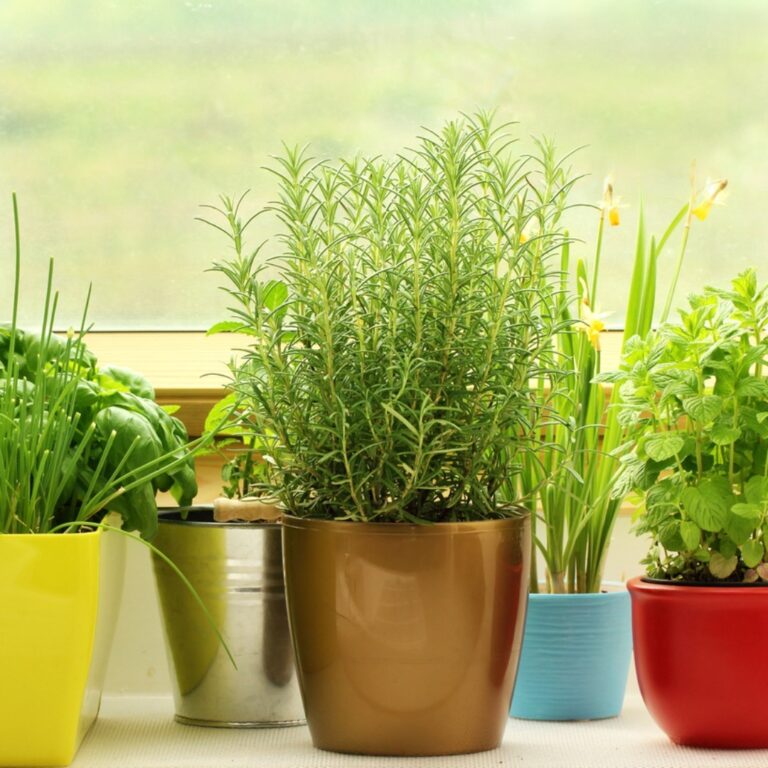How to Grow Cilantro Indoors: A Step-by-Step Guide for Beginners
Growing cilantro indoors is a game-changer for home cooks and gardening enthusiasts. This fragrant herb, also known as coriander in its seed form, thrives indoors with the right care, allowing you to enjoy its fresh, zesty flavor year-round.
Whether you’re a seasoned gardener or just starting out, this step-by-step guide will help you cultivate a thriving indoor cilantro garden.
1. Choose the Right Variety of Cilantro
Not all cilantro varieties grow equally well indoors. Look for slow-bolting types such as ‘Calypso’ or ‘Leisure’, which are less likely to flower prematurely and provide a longer harvest window.
🌱 Pro Tip: If you’re growing cilantro mainly for its leaves, avoid varieties bred for seeds like coriander.

2. Select a Suitable Container
Cilantro has a taproot system, so a deep container (at least 8–10 inches) is essential. Ensure the pot has good drainage holes to prevent waterlogging, which cilantro dislikes.
Container requirements:
- Material: Terracotta or plastic pots work well.
- Size: Minimum 8–10 inches deep and wide enough to support multiple plants.

3. Prepare the Right Soil Mix
Cilantro thrives in well-draining, nutrient-rich soil. Use a high-quality potting mix with a neutral pH (6.5–7.0). Mix in some compost or organic fertilizer for added nutrients. Avoid dense garden soil, which can compact in pots.
🌱 Quick Recipe for Soil Mix:
- 70% potting soil
- 20% compost
- 10% perlite for drainage

4. Plant the Seeds Properly
Cilantro seeds need to be prepped before planting. Gently crush the seed husks to speed up germination. Soak them in water overnight, then plant them 1/4 inch deep in the soil, spacing them about 2 inches apart.
🌱 Tips for Success:
- Plant multiple seeds per pot to ensure dense growth.
- Water lightly after planting to moisten the soil without drenching it.

5. Provide Adequate Lighting
Cilantro loves sunlight but can adapt to lower light levels indoors. Place the pot on a sunny windowsill where it gets at least 4–6 hours of direct sunlight daily. If natural light is insufficient, use grow lights to mimic sunlight.
🌞 Light tips:
- Rotate the pot weekly for even growth.
- Use LED grow lights for energy efficiency if needed.

6. Water and Care Routine
Cilantro needs consistently moist soil but hates soggy roots. Water the plant when the top inch of soil feels dry. Mist the leaves occasionally to maintain humidity, especially in dry indoor environments.
🌱 Watering schedule:
- Frequency: 1–2 times a week (adjust based on room temperature and soil dryness).
- Technique: Use a watering can with a spout to target the soil and avoid soaking the leaves.

7. Prune and Harvest Regularly
Harvest cilantro leaves when they’re 4–6 inches tall, snipping the outer leaves first to encourage regrowth. Avoid cutting more than one-third of the plant at a time to prevent stress.
🌱 Pro Tip: Pinch off flower buds to prolong the life of your cilantro plant and prevent it from bolting.

8. Troubleshooting Common Issues
- Leggy growth: Insufficient light; move the pot to a sunnier spot.
- Yellowing leaves: Overwatering or poor drainage; check the soil and adjust watering.
- Pests: Watch for aphids or spider mites. Wipe leaves with a mild soap solution if needed.
9. Bonus: Regrow Cilantro from Scraps
If you’ve used fresh cilantro from the store, don’t toss those stems! Place 2–3-inch cuttings in a jar of water, and they’ll sprout roots within a week. Transfer them to soil once roots are 1–2 inches long.

By following these steps, you’ll soon have a thriving cilantro plant adding fresh flavor to your dishes. Growing cilantro indoors is not only rewarding but also a fantastic way to brighten up your space with greenery.
Happy gardening! 🌿









